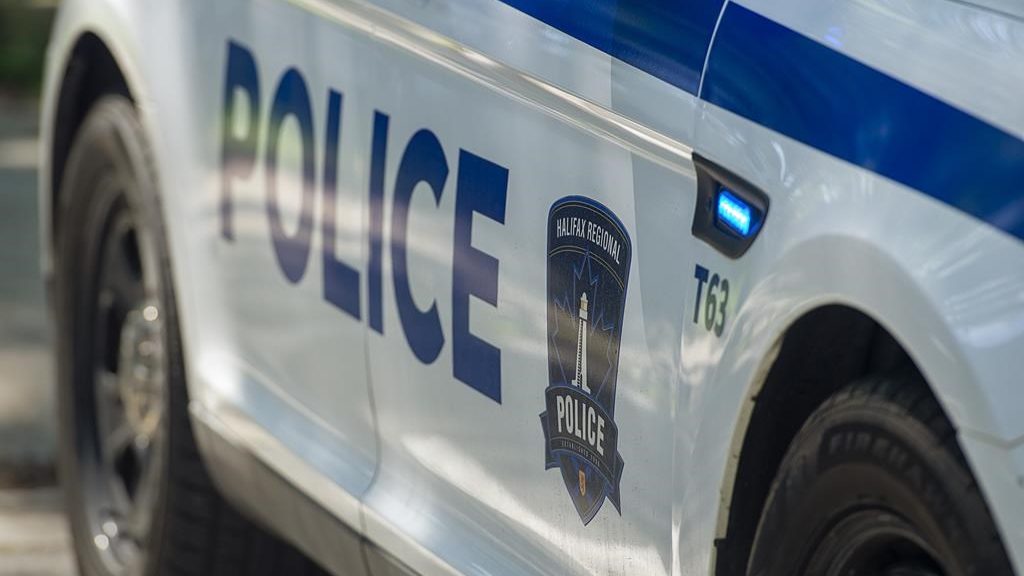Omicron staying on surfaces, remaining infectious longer than other variants: study
Posted Mar 16, 2022 01:51:08 PM.
With most public health measures coming to an end, experts are urging people to keep up with the hand hygiene habits they developed during the pandemic.
Preliminary findings out from a University of Hong Kong study suggests Omicron may be sticking around and remaining infectious on surfaces longer than other COVID-19 variants. Researchers found the virus remained infectious on smooth surfaces for more than a week in some cases.
“Overall, the Omicron variant is more stable on different surfaces and materials than the ancestral strain,” reads the study.
“Our findings imply that Omicron variant has an increased likelihood to be transmitted by the fomite route. Hand hygiene and frequent disinfection of common touch surfaces in public areas are highly recommended.”
The study found the lifespan of Omicron on several types of paper remained for more than 30 minutes — compared to just five to 15 minutes for the ancestral strain of the virus. Omicron lingered for more than seven days on smooth surfaces, there was no trace of the infectious ancestral strain after four days.
The study says more evidence is needed to account for the increased transmissibility of the Omicron variant but the stability on surfaces should be taken into consideration when recommending control measures against the infection.
Other experts suggest the results in a lab could be very different than in real life. The study itself admits limitations since the experiments were conducted in a well-controlled lab environment.
Health officials are monitoring a new sub-variant dubbed “stealth omicron” that is driving up COVID cases in China and the U.S. Health Minister Christine Elliott says it will make up 50 per cent of cases in Ontario — but so far Omicron BA.2 is not driving up hospitalizations in the province.
“It’s not causing more hospitalizations or more intensive treatments. Dr. [Kieran] Moore feels that we will be able to handle this variant without any further disruptions to services in Ontario,” said Elliott.
Epidemiologist Colin Furness told CityNews earlier this week that it is difficult to predict if Ontario should be concerned since there is no clear picture on how many people have already had Omicron in the province. Furness says a significant surge in cases for Ontario is certainly not out of the question.
“Denmark is seeing that. China is seeing that — that’s entirely possible that’s our future, but it’s hard to know because we are so blind,” Furness said.
China’s new COVID-19 cases on Tuesday more than doubled from the previous day as it faces by far its biggest outbreak since the early days of the pandemic. Nearly half of European countries have recorded increases in new infections in the last week.
Hospitalizations and critical care patients from COVID-19 continue to be on the decline in Ontario. Health officials reported 688 people hospitalized with the virus on Tuesday, down from 779 one week ago.
The province has announced that mask mandates will lift in most public spaces on March 21, including schools, though they will remain in settings such as long-term care and public transit for about a month longer.
In late February, the World Health Organization (WHO) said the BA.2 sublineage “should continue to be considered a variant of concern and that it should remain classified as Omicron.”
“BA.2 differs from BA.1 in its genetic sequence, including some amino acid differences in the spike protein and other proteins. Studies have shown that BA.2 has a growth advantage over BA.1,” the WHO wrote.
— With files from CityNews reporter Richard Southern and The Associated Press










